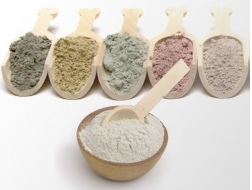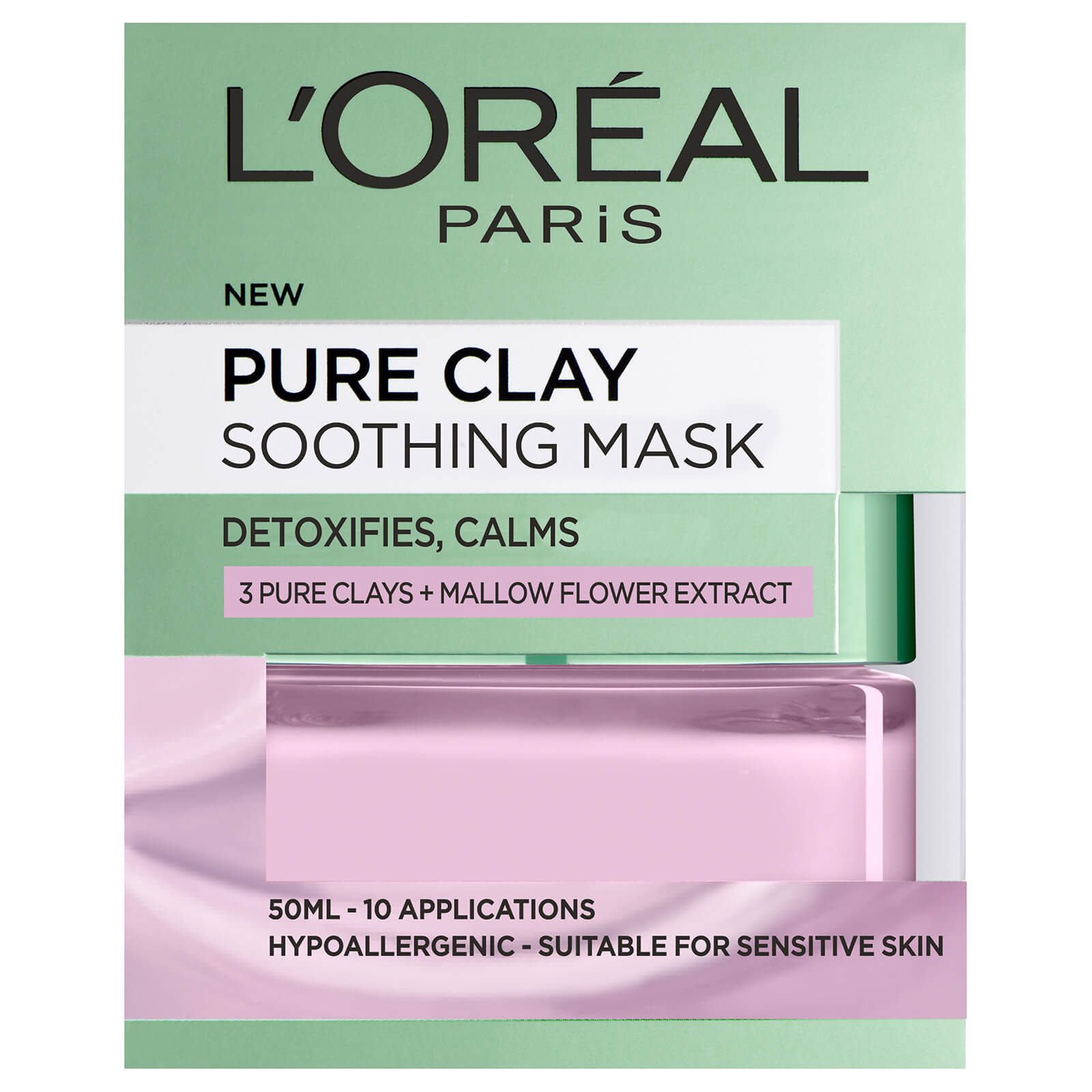
Who doesn’t love a good clay mask? I certainly do and I am not alone, using clay for skincare has existed since ancient times as clay has a multitude of benefits when used on the skin.
As with any product with benefits, some clays have been marketed as the cure-all for pretty much all skincare problems. Have acne? use this, dark spots? here you go the list goes on and on. Despite the fact, that some clays are effective no single type of clay is that much of a magic bullet nor do they give the best results for every skin type. Fortunately, nature has blessed us with many types of clay which means there is something for everyone.
If you aren’t sure which one is the one to address your skin concerns this is the ultimate guide to clay.
Why should you use clay?
One of the reasons clay has been used in skin care for millennia is due to its ability to absorb oil and impurities on the skin which reduces breakouts. Clays are naturally rich in minerals which when combined with their absorptive qualities make them a great remedy for a variety of skin concerns.
The benefits of clay
- It is a safe and powerful healing and detoxifying agent.
- Absorbs excess oil and clarifies blemishes for oily skin.
- Some clays are gentle exfoliators helping remove dead skin cells
- Regular use of clay helps the skin retain moisture.
- They boost blood circulation and skin cell regeneration which is beneficial to all complexions.
- Soothe skin conditions and are useful in healing allergic skin reactions and sunburn.
Types of clays
Bentonite Clay
This is one of the most popular clays available on the market and is from aged volcanic ash in Fort Benton, Wyoming, USA. Bentonite clay is one of the most absorbent clay available which allows it absorbs more than its mass in water as well as heavy-duty oil-absorbing properties.
Bentonite clay’s ability to swell enormously when mixed with water makes it an extremely porous substance allowing it absorbs more than its mass from the skin. Including any swelling from excess sodium in your face. It is able to absorb oils, and impurities thus unclogging pores and reducing breakouts. This ability makes it a great choice for oily skin.
This makes it a great choice in over the counter acne treatments
Fuller’s Earth or Multani mitti Clay
Fuller’s Earth clay is another super-absorbent clay, so much so it is used in cat litter or to absorb automotive oil spills- crazy I know. Fuller earth clay is also used extensively in India due it its mild skin lightening properties and is a great option if you have hyperpigmentation or acne scarring.
This clay is a great option if you have oily skin or acne breakouts since it is extremely dry and should be used sparingly.
Kaolin Clay
This clay is formed from weathered rocks in hot climates and is available in multiple forms in a variety of colours. Kaolin clay is extremely fine which allows it to blend easily with liquids. Kaolin clay is extremely gentle and less absorbent than most other clays making it a great option for dry sensitive skin.
Here are some of the variations of kaolin clay.
White Kaolin Clay (White Cosmetic Clay)
White Kaolin Clay is the mildest and least absorbent variant which makes it a good option for rosacea or eczema-prone skin. It is widely used in cosmetics, particularly any dry or powdered product.
Yellow Kaolin Clay:
This is more of the middle ground Kaolin clay, which stimulates circulation and promotes cell regeneration, removes impurities and gently exfoliates the skin. Although it is more absorbent it is still gentle
Red Kaolin Clay:
This is the most purifying of the kaolin clay so is the most absorptive of the Kaolin so removes excess oils and surface debris.
Pink Kaolin Clay (Rose Kaolin Clay):
This is a mix of red and white clays so is mildly detoxifying and exfoliating taking the best properties from white and red clay.

French Green Clay (Illite Clay or Sea Clay)
French green clay comes from naturally occurring deposits in France with a soft texture and colour due to the presence of decomposed plant matter and iron oxide. This is a great clay for oil absorption as well as reducing acne inflammation and improving oil circulation.
Types of French green clay
There are two types of French green clay: montmorillonite and illite which have similar therapeutic properties but also have some differences.
French Green Montmorillonite Clay:
This is characterised by the high mineral content and is rich in magnesium, iron, manganese, calcium, silica and nutrients. Its ability to swell and absorb makes it ideal for face masks particularly, for oily skin.
French Green Illite Clay:
Also known as sea or marine clay, which is a non-swelling clay with a high an absorptive capacity for increasing blood to the surface and exfoliating dead skin cells.
French Red Illite Clay:
This is red clay has a large amount of iron oxide with high mineral content and is a powerful cleanser and exfoliator. It also stimulates blood boosts hydration and reduces the appearance of wrinkles.
French Pink Clay (Rose Clay):
This is a combination of red illite and white kaolin clays which gently exfoliate skin and increases skin cell regeneration and improves elasticity.
Rhassoul Clay (Moroccan Lava Clay )
As the name suggests it is mined or found in the Atlas Mountains in Morocco, and has been used for over 4000 years for its therapeutic benefits. Like every other clay Rhassoul clay also has detoxifying properties with the ability to clear out your pores but is gentle enough for sensitive skin.
Rhassoul clay also improves elasticity and exfoliates the skin and can be used as a hair shampoo, particularly for afro hair which tends to be drier. It is much less drying than other clays which means it can be used daily or is best for people with drier skin.
Recommendations
| Oily skin | Bentonite Clay, Fullers Earth Clay , Red Kaolin, French Green Clay |
| Normal Skin | Pink Kaolin Clay, Rose Kaolin Clay, Yellow Kaolin Clay |
| Dry Skin | White Kaolin Clay, Pink Kaolin Clay (Rose Kaolin Clay) |
What does this mean? despite the advertisements, there is no best clay which works universally on all skin types. It all depends on your skin type, so you need to know your skin type and understand your need. This will guide you to the corresponding clay which will work best for your skin. I personally use Bentonite clay – I know it’s represented as the miracle clay, however, because my skin is oily and acne-prone it works like a charm.
Follow me on social media





